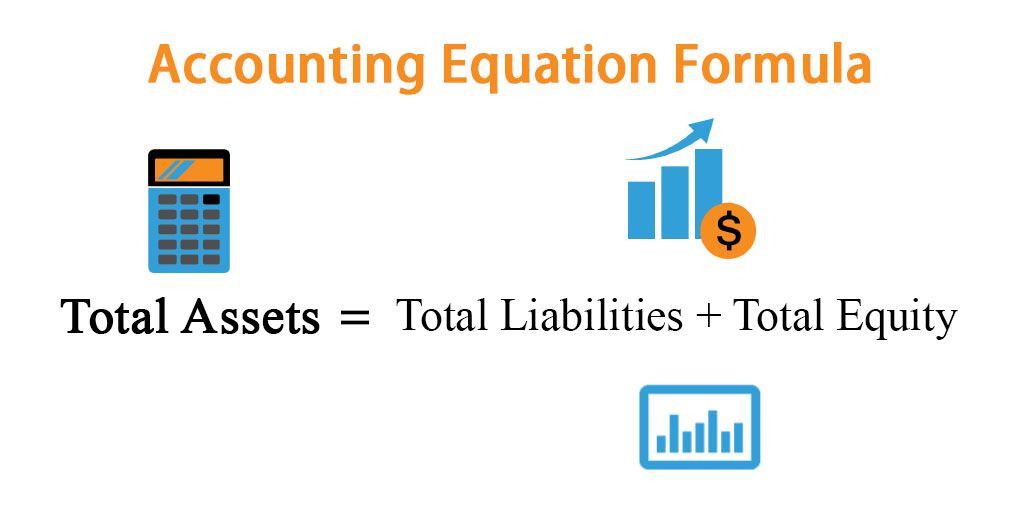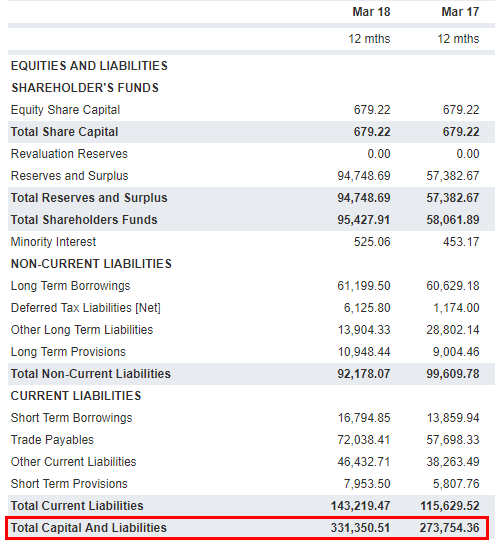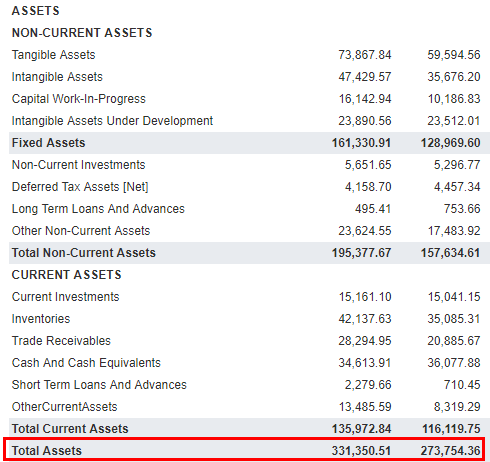Updated May 31, 2023

Accounting Equation Formula (Table of Contents)
- Accounting Equation Formula
- How to Calculate the Accounting Equation?
- Examples of Accounting Equation Formula
Accounting Equation Formula
Anyone who is studying accounting or has already studied, they start their basic from the accounting equation. This is because this is the accounting equation formula, which is the basic foundation of the double-entry accounting system. It is also known as an Accounting Equation balance sheet since it tells us the relation between balance sheet items, i.e., Assets, Liabilities, and Equity.
Assets are the things that a business owns. For example, cash, inventory, property, equipment, etc., form part of assets.
Liabilities are the money that a business owes to others. For example, payables, debt, etc., are a type of liabilities.
Equity is the ownership of the stakeholders in the business. So if you have started a business of your own, you are a company stakeholder.
The general rule of this equation is that the company’s Total assets will always be equal to the sum of its Total liabilities and Total Equity. So this Accounting Equation ensures that the balance sheet always remains ” “balanced,”” and any debit entry in the system should have a corresponding credit entry.
Formula For Accounting Equation:
We can re-write it as:
And
How to Calculate the Accounting Equation?
Following are the steps which need to be followed to calculate the accounting equation
- Before finding the equation, remember that the left side of the balance sheet is the assets side, also known as the “Debit side,” and the right side is the Liability and equity side, also called the “Credit side.”
- On the company balance sheet, please find all the assets (current and non-current) for the period for which we are determining the equation.
- Similarly, find total liabilities (current and non-current) and shareholder’s Equity for that period and add these two numbers.
- Total assets should be equal to the sum of liabilities and total Equity.
- Using an accounting equation formula, we can find the value of any of the missing variable values if we have the other two.
Examples of Accounting Equation Formula
Let’s take an example to understand the calculation of the Accounting Equation formula in a better manner.
Accounting Equation Formula – Example #1
Suppose you have just started a new of selling cupcakes. Now, you invested $10,000 from your pocket. So that will be your equity investment and become an asset for the company.
So equation:
- Total Assets = Total Liabilities + Total Equity
- $10,000 = 0 + $10,000
So it is balanced.
Now say after 2 years, you want to expand the business but do not have funds. So you go to a bank and get a loan of another $10,000 to expand the operations. This will increase your assets and also increase your liabilities.
So
- Total Assets = Total Liabilities + Total Equity
- $10,000 + $10,000 = $10,000 + $10,000
- $20,000 = $10,000 + $10,000
- $20,000 = $20,000
Again it is balanced.
Now you have expanded your business; you have suppliers of raw materials. You are not paying in cash but paying them after some time. So that will be the payables for which you have to say $4000. This will increase your assets and Liability as well.
So
- Total Assets = Total Liabilities + Total Equity
- $20,000 + $4,000 = $10,000 + $4,000 + $10,000
- $24,000 = $24,000
Again it is balanced.
So we can see that in every scenario, the left side of the equation is the same as the right, so it is balanced. That is the whole point of the equation.
Accounting Equation Formula – Example #2
Now let’s see a practical example from the industry and see if the accounting equation holds true or not. I have considered TATA MOTORS as an example. Below is the snapshot of Tata Motor’s Balance sheet:
Liabilities and Shareholders’ Equity
Assets
Source Link: TATA MOTORS Balance Sheet
If you see here, the Total assets for the period ending Mar ’18 are 331,350.51 Crores, and for Mar ’17, it is 273,754.36 Crores. The value for the sum of Liabilities and shareholder’s Equity is the same.
Explanation
As discussed above, assets should be the same as the sum of liabilities and shareholder’s Equity. But we can also expand this Accounting Equation formula to understand better how income statement items affect the balance sheet. The expanded Accounting Equation formula gives us the relation between the income statement and the balance sheet. The expanded equation is given as:
Assets = Liabilities + Shareholder’s Equity + Revenue – Expenses – Draws
Revenues are basically sales that the business will do, and expenses are the business’s cost to achieve those revenues. Generally:
- Revenue increases owner’s Equity.
- Expenses decrease the owner’s Equity.
- The owner’s draw decreases the owner’s Equity.
The two sides of the equation must equal each other. Your financial reports are inaccurate if the expanded accounting equation formula is not balanced.
Relevance and Uses of Accounting Equation Formula
It can help us to see a clear picture of a business’s financial situation. Not only that, but the Accounting Equation will also allow us to understand the relation between the elements of financial statements, i.e., income statements and balance sheets. If we want to explain the importance of the accounting equation, we can say that it is the foundation of the double-entry accounting system. This system ensures that the equation remains balanced, meaning that assets should always equal the sum of liabilities and shareholder’s Equity. In a Fundera article, Heather D. Satterley, founder of Satterley Training & Consulting, LLC, explains:
“The purpose of the balance sheet is to show the business’s financial position on any given day. The balance sheet can tell you how much money the business has in the bank and how likely it is that the business will be able to meet all of its financial obligations. It can also tell you how much profit (or loss) the business has retained since it started.”
All companies globally adhere to the double-entry accounting system, making accounting more standardized and easier to tally.
Recommended Articles
This has been a guide to Accounting Equation Formula. Here we discuss How to Calculate Accounting Equations along with practical examples. You may also look at the following articles to learn more –


